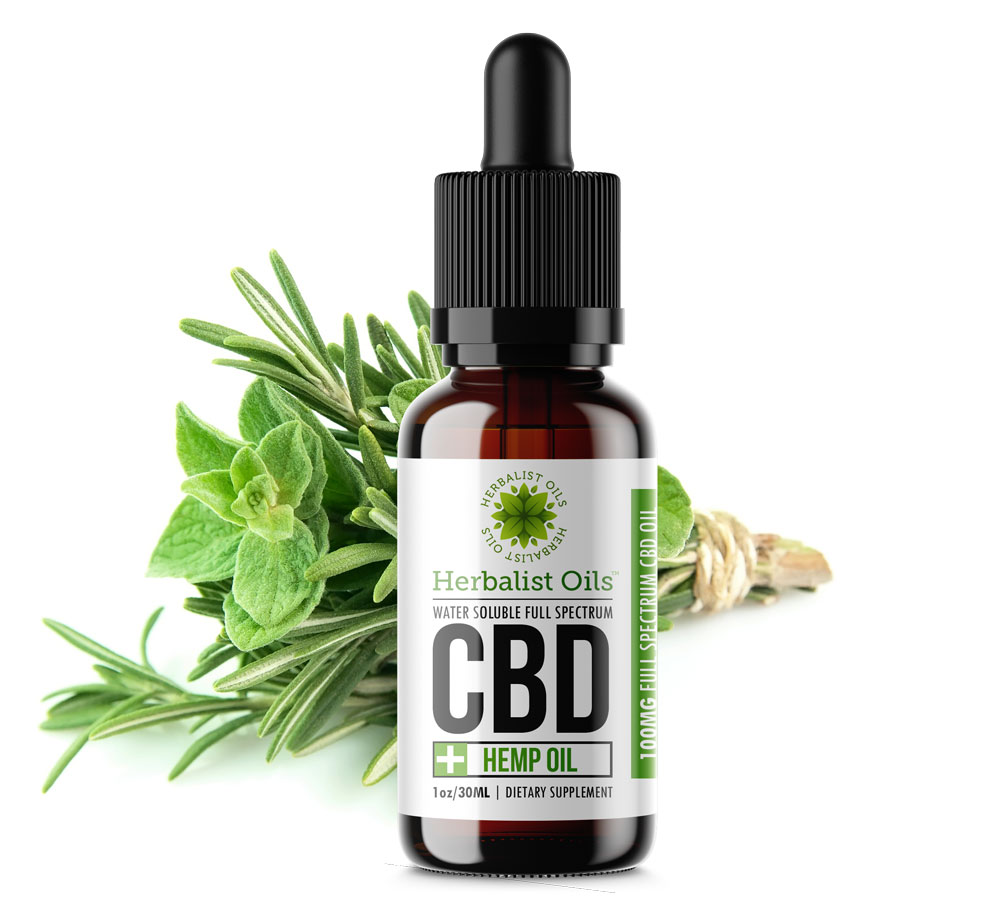Consumers wonder what constitutes extra-strength cannabidiol oil. The actual cannabinoid concentration differentiates between extra-strength and standard cannabidiol oil. Specifically, what creates the difference in effectiveness and formats in these products? Since cannabis variants and CBD extracts vary, cannabidiol oils might contain different CBD contents. Understand what constitutes extra-strength cannabidiol oil through this blog.
Consumers wonder what constitutes extra-strength cannabidiol oil. In particular, what creates the difference in effectiveness and formats in these products? According to Mena et al. (2020), the actual cannabinoid concentration differentiates between extra-strength and standard cannabidiol oil. Sometimes, product variations and terminologies confuse customers, especially beginners. Cannabidiol (CBD) is an essential cannabis compound, often derived from hemp or marijuana plants. This compound is non-psychoactive and also produces many health benefits for consumers. Since cannabis variants and CBD extracts vary, cannabidiol might contain different CBD contents. Therefore, getting a comprehensive understanding of every cannabidiol aspect is important to every cannabidiol enthusiast. This blog investigates what constitutes extra-strength cannabidiol oil.
Your Standard Cannabidiol Oil
When shopping for cannabidiol oils, consumers will encounter various cannabidiol extracts, including CBD isolate, broad and full spectrum. Full-spectrum oil constitutes the largest range of essential oils, terpenes, and cannabinoids. Corroon et al. (2019) reported that marijuana-derived cannabidiol oil contains greater tetrahydrocannabinol than cannabidiol contents. However, hemp-sourced cannabidiol oil has more cannabidiol levels than THC quantities. In 2018, the Farm Bill authorized farming, harvesting, manufacturing, and usage of hemp CBD products containing below 0.3 percent THC levels. The full-spectrum compounds give consumers access to entourage effects. This occurs when these constituents work together to generate greater healing effects. However, broad-spectrum cannabidiol oil contains all ingredients in full-spectrum, except THC. For this reason, consumers can access entourage effects, though not comparable to full-spectrum, because the THC molecule is eliminated. This implies that one less component promotes the synergistic impacts of other constituents. CBD isolate is the pure cannabidiol format because it contains cannabidiol exclusively. For this reason, it cannot generate entourage effects since all compounds are stripped off, leaving a 99 percent pure cannabidiol isolate oil. However, there exist other ways of determining cannabidiol oil composition, including proper organic farming techniques. These methods are paramount in sourcing high-quality hemp plants with the highest cannabinoid levels. Fatty carrier oils are combined with cannabidiol after hemp plants mature and are ready for extraction. This process is essential because the fatty constituent permits greater effectiveness and absorption.
The Extra Strength CBD Oil Production
Cannabidiol is a fat-soluble compound and requires certain fat varieties to attach. This is essential to allow these substances fully absorb into your bloodstream for appropriate effectiveness. During the carrier oils integration process, their proportion to cannabinoids changes depending on the consumer’s anticipated concentration levels. Some brands include specific terpenes mixtures into their oils for more wellness benefits. By so doing, individuals can improve their product’s efficacy because terpenes increase absorption. Also, companies spend time mixing terpenes to escalate the desired product effect Lachenmeier et al. (2019) noted that the extra-strength cannabidiol oil contains 2000 milligrams of CBD and above.
Who Benefits Maximally from Extra-strength Cannabidiol Oil?
Users anticipate acquiring something distinct from cannabidiol oil. This desire is among the dictating factors in which concentration favors one best. When purchasing cannabidiol oil, consumers encounter a wide concentration range.
How do you Determine your Accurate CBD Oil?
Medical practitioners recommend beginners begin with a more standard CBD oil concentration. In this regard, the average initial cannabidiol oil concentration is available at approximately 500 milligrams per bottle. Alternatively, there exist other low-concentration choices like 300 milligrams cannabidiol per bottle. Thus, beginners can consider such products since they have a low concentration to provide CBD’s effects and enjoy the personal experience. However, people experienced with cannabidiol can consider improving their cannabidiol oil concentration. This experience is great for individuals who begin with a standard concentration. Yet, it might not satisfy your cravings fully and offer similar results. Ramaekers et al. (2011) explained that consumers naturally build CBD oil tolerance when using it regularly. Thus, one should adjust CBD dosage accordingly as the tolerance level escalates. In general, people who reap higher CBD oil benefits are under this category.
Purchasing Extra Strength CBD Oil
Today, the market is dominated by numerous CBD products. Mostly, consumers are troubled when choosing high-quality products suitable for their health goals. Unfortunately, many illegitimate companies have penetrated the CBD domain with low-quality products. Therefore, customers should remain vigilant whenever purchasing cannabidiol oil. In this regard, there are several essential factors to consider.
Hemp Source
Organic cultivation methods are important during hemp production. This is essential because hemp plants absorb everything in the nearby soil, either bad or good. Various farming sites and individual states examine the soil to ensure it does not contain toxins and chemicals. This operation was initiated under the 2018 Farm Bill act. In this regard, when hemp plants undergo quality monitoring processes, the crops produced have high quality. Therefore, such plants are converted into premium quality cannabidiol oil free from chemicals, toxins, and pesticides.
Extraction Method
The extraction method affects the quality of the end product. Most people prefer the carbon dioxide extraction method to generate the purest oil without other undesirable chemical deposits. After this, these products should undergo third-party laboratory tests for potency and safety verification.
Conclusion
The actual cannabinoid concentration differentiates between extra-strength and standard cannabidiol oil. In this regard, the extra strength product contains a higher cannabidiol concentration than the standard one. Individuals build their cannabidiol tolerance level by consistent consumption of CBD oils. However, it would help to achieve standard concentrations before qualifying to administer extra-strength cannabidiol oil. Consumers can personalize their cannabidiol experiences depending on health requirements. Also, you can attempt extra-strength CBD oils according to your health goals. In general, it contains 2000 milligrams of CBD and above. Furthermore, consumers should consider high-quality products from reputable brands. In this regard, they produce hemp organically and use the carbon dioxide extraction method.
References
Corroon, Sexton, & Bradley, (2019). Indications And Administration Practices Amongst Medical Cannabis Healthcare Providers: A Cross-Sectional Survey. BMC Family Practice, 20(1), 1-12.
Lachenmeier, Habel, Fischer, Herbi, Zerbe, Bock, & Sproll, (2019). Does Tetrahydrocannabinol (THC) Contamination cause Adverse Effects Of Cannabidiol (CBD) Products?. F1000Research, 8.
Mena, Dalbah, Levi, Padilla, & Enciso, (2020). Efficacy Of Topical Interventions For Temporomandibular Disorders Compared To Placebo Or Control Therapy: A Systematic Review With Meta-Analysis. Journal Of Dental Anesthesia And Pain Medicine, 20(6), 337
Ramaekers, Theunissen, De Brouwer, Toennes, Moeller, & Kauert, (2011) Tolerance And Cross-Tolerance To Neurocognitive Effects Of THC And Alcohol In Heavy Cannabis Users. Psychopharmacology, 214(2), 391-401
I believe that nutrition science is a wonderful helper both for the preventive improvement of health and adjunctive therapy in treatment. My goal is to help people improve their health and well-being without torturing themselves with unnecessary dietary restrictions. I am a supporter of a healthy lifestyle – I play sports, cycle, and swim in the lake all year round.
[email protected]
- Kratom Powder By Just Kratom-Kratom Powder Paradise: My Exhilarating Journey with Just Kratom - October 6, 2023
- How is Hemp Oil Made? - February 21, 2023
- Breaking down CBD: what’s in extra strength CBD oil? - October 23, 2022















